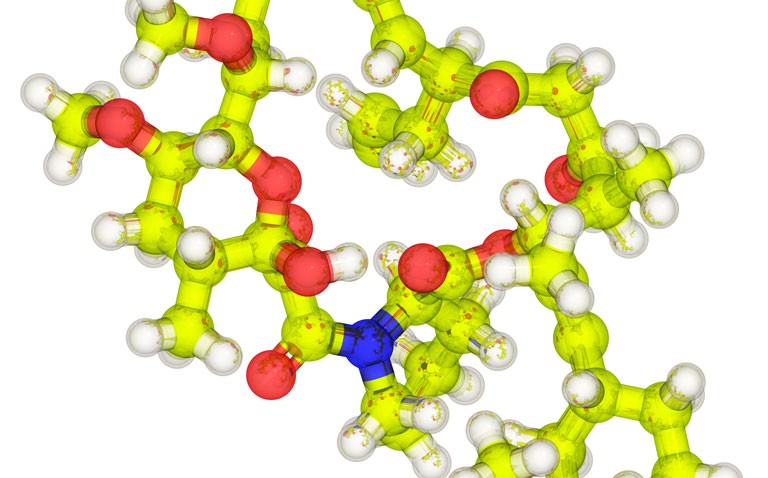In 2006, authorities noted a potential risk of skin cancer from using topical calcineurin inhibitors but over the years the evidence suggests that these risks are very small.
There are currently two topical calcineurin inhibitors (TCI) available and indicated for the second-line management of atopic eczema: pimecrolimus and tacrolimus. Both drugs have an immunosuppressant effect and there is a potential risk of malignancy when administered systemically. Nevertheless, whether this same level of risk applies to topical use is unclear but in 2006 the European Medicines Agency described an increased risk of cancer associated with topical use based on the findings from animal studies. In trying to determine if studies since 2006 have reported an increased incidence of cancer from topical use, a team from the Michael G DeGroote School of Medicine, McMaster University, Ontario, Canada, conducted a systematic review and meta-analysis to examine this association. A literature search was undertaken in all of the major medical databases (e.g., MEDLINE, EmBase etc) from inception to August 2020. Included studies were those investigating the association between treatment with TCIs and the incidence of cancer or cancer mortality but not limited to treatment of atopic eczema. In addition, the team performed a subgroup analysis separating both TCIs and for studies limited to children.
Findings
In total, 8 cohort studies including 408,366 treated participants with a mean age of 17.1 years (55.1% female) were included in the analysis. In all but one of the studies, TCIs were used to treat patients with atopic eczema with the remaining study including seborrheic dermatitis, atopic eczema, contact dermatitis and sunburn. There was no association between the use of TCI and overall cancer (relative risk, RR = 1.03, 95% CI 0.92–1.16). However, in 5 of the studies there was an increased risk of lymphoma (RR = 1.86, 95% CI 1.39–2.49) and this risk was elevated for both TCIs. In addition, in studies where the comparator was topical corticosteroids, the pooled risk of lymphoma was also increased (RR = 1.35, 95% CI 1.13–1.61) but there was no association found between TCI use and either melanoma or keratinocyte carcinoma.
Discussing their findings, the authors noted how although the data suggested a 35% increased risk of lymphoma from TCI use, lymphomas are extremely rare with an incidence rate of 1.35 per 100,000 in children and 9.88 per 100,000 in adults. They calculated that the number needed to harm from TCI use in children would be in excess of 200,000 and almost 30,000 in adults.
The authors concluded that while their study did suggest an increased risk of lymphoma, the absolute risk was very small for any given patient.
Citation
Lam M et al. Association Between Topical Calcineurin Inhibitor use and risk of cancer, including lymphoma, keratinocyte carcinoma, and melanoma: A Systematic Review and Meta-analysis. JAMA Dermatol 2021.










